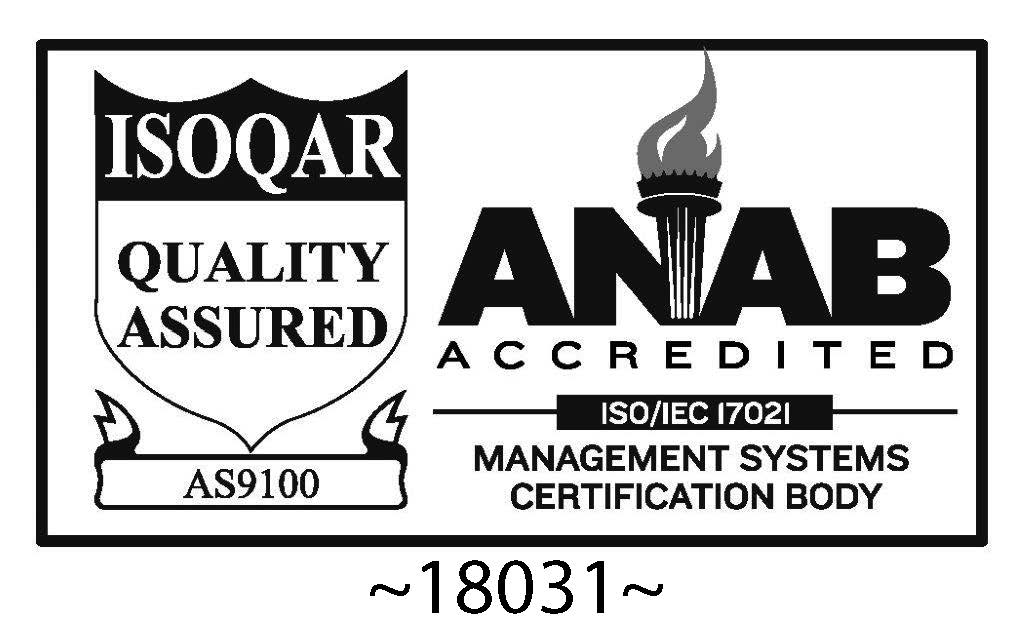Medical Device Metal Fabrication Services
In medical fabrication, factors like high quality, accuracy, and safety are essential to protect patients and healthcare workers. H&S Manufacturing Co. produces many precision tools and components for the demanding medical device industry. Our expert team meets industry needs with an array of fabrication techniques, high-speed equipment, and over 50 years of experience.
Common Parts We Fabricate for the Medical Device Industry
Using computer-aided design (CAD) software and advanced multi-tool equipment, our team can help bring your medical device to life. Our laser cutter and punch press machinery can accommodate materials like aluminum, brass, copper, and various types of steel in material thicknesses of 0.015 to 0.187 inches, fabricating parts with ±0.005-inch bend tolerances.
Common sheet metal parts for the medical device industry include:
- Brackets
- Cabinets
- Covers, housings, and enclosures
- Customized carts
- Handheld and electronic medical device parts
Advanced Manufacturing Techniques in Medical Device Metal Fabrication
Whether you need OEM precision sheet metal fabrication for large production runs or simply need to develop a prototype, we’re ready to meet your needs with a variety of advanced manufacturing techniques.
Computer Numerical Control (CNC) Machining
CNC machining incorporates automation in the fabrication process, making accurate metal parts using computer-controlled equipment and CAD software. This manufacturing method can achieve complex geometries with high repeatability and uniformity, making it an ideal technique for creating precision parts for the medical device industry.
High-Speed Machining
Specialized high-speed tooling and equipment carry out subtractive manufacturing processes that remove metal from a workpiece to achieve parts in a desired shape. This equipment has high feed rates and is capable of increasing both efficiency and throughput for shorter turn times. As for its applications in the medical device industry, high-speed machining techniques are well-suited to parts that require close tolerances or optimal surface finishes.
Additive Manufacturing (3D Printing)
3D printing is an additive manufacturing process for generating three-dimensional parts one layer at a time from materials like resin, plastic, metal, and powder. This layering technique is highly compatible with medical device manufacturing as it allows for high design flexibility and produces complex shapes. It can also generate metal components with internal structures to increase their functionality, all while reducing material waste.
Laser Cutting and Welding
The laser cutting process achieves clean, precise cuts in sheet metal utilizing a high-intensity laser. Welding techniques use heat and pressure to join two or more metal parts together and create a high-quality component or assembly. In the medical device industry, these fabrication methods are ideal for producing anything from surgical devices to catheters and stents.
Electromechanical Discharge Machining (EDM)
This non-contact, thermoelectric fabrication technique removes metal from a workpiece using electrical discharge. Applicable for medical components like implants, EDM has the capability to generate complex parts with precision as well as a pleasing surface finish. Additionally, EDM is compatible with materials that possess poor machinability.
Compliance and Regulations for Metal Fabricating Companies Making Medical Devices
Products for the medical industry must comply with strict quality and safety regulations given their critical applications. Standards for medical device fabrication are often based on your manufacturing partner’s location, but common examples include:
- Regulations for medical devices. The Food and Drug Administration (FDA) and the European Union Medical Device Regulation (MDR) organizations in the U.S. and Europe, respectively, set forth regulations governing devices for the medical sector. These regulations set the standards for device design, production, labeling, quality, safety, and performance.
- Biocompatible materials. As medical devices must be safe to use in and around patients, the healthcare industry has standards in place to regulate materials and their biocompatibility for such devices. For example, the standard ISO 10993 offers manufacturers guidance on biocompatible metals for this sector.
- Quality management system (QMS). With an emphasis on continual improvement, quality management systems set the standards for good manufacturing practices in device design, manufacturing, and sale. H&S Manufacturing is ISO 9001:2015-certified.
Metal Fabricated Medical Devices From H&S Manufacturing
Fabricating accurate, safe, and regulation-compliant medical devices requires a great deal of industry-specific knowledge. At H&S Manufacturing, we have over half a century of experience serving the medical community and other diverse industries with expertly fabricated components. Explore our website to learn more about our custom manufacturing capabilities, or contact us today with any questions.

 Email Us
Email Us






